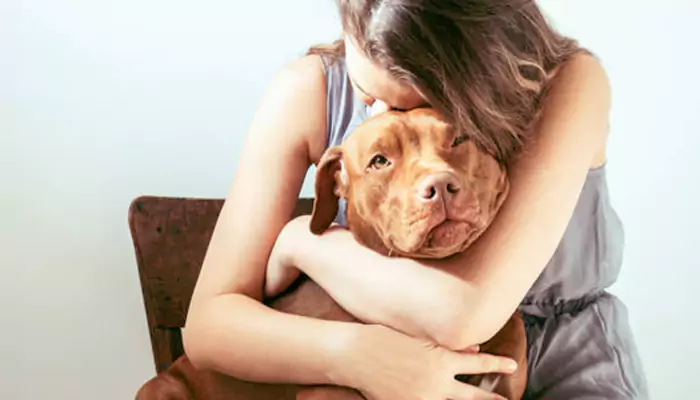The Secret Language of Rabbits - Understanding Bunnies' Vocalizations and Gestures
- Admin
- 1 year ago
- 4 minutes read

Decode the hidden messages behind your bunny's clubs and gestures.
Rabbits are known for their adorable appearance and gentle demeanor, but did you know they also communicate using a secret language of vocalizations and gestures? Understanding your bunny's cues can help deepen your bond and improve communication between you and your furry friend. In this guide, we'll delve into the secret language of rabbits, decoding their vocalizations and gestures to uncover what they're trying to tell you.
Vocalizations
While rabbits aren't as vocal as some other pets, they do use a variety of sounds to communicate with each other and with their human companions. Understanding these vocalizations can help you better understand your bunny's mood and needs.
- Happy Binkies: One of the most joyful sounds a rabbit can make is a "binky." This is a happy, playful hop or jump accompanied by little grunts or squeaks. Binkies often indicate that your rabbit is feeling content and carefree, expressing their happiness through playful movements and sounds.
- Content Purrs: Similar to cats, rabbits also purr when they're feeling relaxed and content. A soft, rhythmic purring noise often indicates that your bunny is enjoying your company and feels safe and comfortable in their environment.
- Distress Calls: Rabbits may emit distress calls, such as loud squeals or high-pitched screams, when they're frightened, in pain, or feeling threatened. These vocalizations are a clear indication that your bunny needs help or reassurance, so be sure to investigate and address the cause of their distress promptly.
Gestures:
In addition to vocalizations, rabbits use a variety of gestures and body language to communicate with each other and with their human caregivers. Paying attention to these subtle cues can help you understand your bunny's emotions and intentions.
- Ear Position: Rabbits' ears are incredibly expressive and can indicate their mood and level of alertness. When your bunny's ears are erect and facing forward, they're likely feeling curious or attentive. If their ears are flattened against their head, it could indicate fear, aggression, or discomfort.
- Body Posture: Your bunny's body posture can also provide valuable insights into their mood and feelings. A relaxed, sprawled-out position indicates contentment and relaxation, while a tense, hunched posture may indicate fear or anxiety. Pay attention to your bunny's body language to better understand their emotional state.
- Tail Wagging: Contrary to popular belief, a rabbit's wagging tail does not always indicate happiness, like it does in dogs. In rabbits, a wagging tail can indicate agitation, frustration, or even aggression. If your bunny's tail is twitching rapidly or thumping against the ground, it may be a sign that they're feeling stressed or upset.
Bonding Behaviors:
Rabbits are social animals that form strong bonds with their human caregivers and other rabbits. Understanding their bonding behaviors can help strengthen your relationship with your bunny and provide them with the companionship they crave.
- Grooming: Mutual grooming is a common bonding behavior among rabbits and serves to reinforce social bonds and promote trust and affection. If your bunny grooms you or allows you to groom them, it's a sign that they trust and feel comfortable with you.
- Nuzzling and Nudging: Rabbits may nuzzle or nudge you with their nose as a sign of affection or to seek attention. Responding positively to these gestures by petting or cuddling your bunny can strengthen your bond and reinforce their trust in you as their caregiver.
- Bunnies Speak with Their Eyes: Rabbits communicate a lot through their eyes. A gentle, relaxed gaze indicates contentment, while wide, alert eyes may indicate fear or anxiety. Pay attention to your bunny's eye movements and expressions to gauge their emotional state and respond accordingly.
Understanding the secret language of rabbits can deepen your bond with your furry friend and improve communication between you. By decoding their vocalizations and gestures, you can better understand your bunny's mood, needs, and preferences, allowing you to provide them with the care and attention they deserve.
Pay attention to your bunny's sounds and body language, and respond with patience, compassion, and love. With time and attention, you'll become fluent in the language of rabbits, strengthening your bond and creating a harmonious relationship with your beloved bunny companion.












